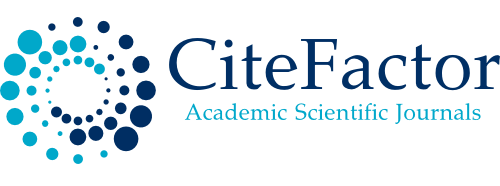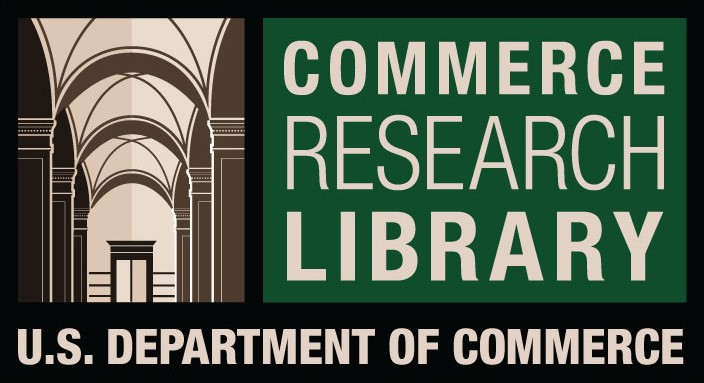The effect of a traning program to develop self-confidence and the performance of some basic skills for football beginners between the ages of 14-16 years
DOI:
https://doi.org/10.61841/trm3xz61Keywords:
develop self-confidence, performance, football, basic skillsAbstract
The objective of the research (targeted to research to identify the problems facing the player as a result of the lack of self-confidence in the player has a clear impact on the construction of the personality of the player and leads to an imbalance in his performance and skills)
- the research community (players emerging youth forum Moqdadya and Khalis Directorate of Youth and Sports Diyala and the number (39) in the Iraqi Ministry of Youth and Sports)
The sample of the research and the method of its selection (the sample of the research was formed from the young players of the Youth Forum in Moqdadya Directorate of Youth and Sports of Iraq ,the number of 24 players with the exclusion of goalkeepers. The researchers divided the sample on two experimental and control groups, each group consists of ( 12) Players
- The scientific method (the researchers used the experimental approach)
- Measuring instruments (self-confidence scales, technical tests for football, observation and experimentation)
- Statistical treatments (arithmetic mean, median, standard deviation, torsion factor, Pearson correlation coefficient, T test for independent samples, T test for associated samples)
- The results of the research (The use of exercises selected within the training program has a positive impact on the development of self-confidence and the performance of some basic skills of football for the experimental group)
- Recommendations of the research (and in light of the findings of the researchers recommend the use of the training program prepared by the researcher in developing self-confidence to other age groups
Downloads
References
1. Qasim al-Mandalawi and others: Tests, measurement and evaluation in physical education: Mosul, Higher Education Press, 1990.
2. Full Taha Alois Mathematical Psychology, 1st floor: Mosul, Dar Al-Kutub Printing and Publishing Directorate, 2004.
3. Loay Ghanem Al-Sumaidi (and others); Statistics and testing in the sports field: 1st edition (Erbil, 2012(
4. Muhammad Abu Ala Al-Adil Measuring self-confidence among university or high school students: (Kuwait, Al-Sabah Foundation, 1997(
5. Mahmoud Abdel-Fattah Annan; Psychology of Physical and Mathematical Education Theory, Practice and Experimentation, Cairo, Dar Al-Fikr Al-Arabi, 1990.
6. Murtaza Muhassi: International Training Course Lectures in Football, College of Physical Education - University of Baghdad, 1997.
7. Mowaffaq Asaad Mahmoud, basic learning and skills in football, 2nd edition (Amman Dar Degla, 2009), p. 124.
8. Brunswick, Hardiness of Ambiguity as an emotional and perceptual personality variable: J. Personality, 1948, vol 34, p, 268.
9. David, Footwork Coordination and Skills in Score, NewYork, 2012.
Downloads
Published
Issue
Section
License

This work is licensed under a Creative Commons Attribution 4.0 International License.
You are free to:
- Share — copy and redistribute the material in any medium or format for any purpose, even commercially.
- Adapt — remix, transform, and build upon the material for any purpose, even commercially.
- The licensor cannot revoke these freedoms as long as you follow the license terms.
Under the following terms:
- Attribution — You must give appropriate credit , provide a link to the license, and indicate if changes were made . You may do so in any reasonable manner, but not in any way that suggests the licensor endorses you or your use.
- No additional restrictions — You may not apply legal terms or technological measures that legally restrict others from doing anything the license permits.
Notices:
You do not have to comply with the license for elements of the material in the public domain or where your use is permitted by an applicable exception or limitation .
No warranties are given. The license may not give you all of the permissions necessary for your intended use. For example, other rights such as publicity, privacy, or moral rights may limit how you use the material.









